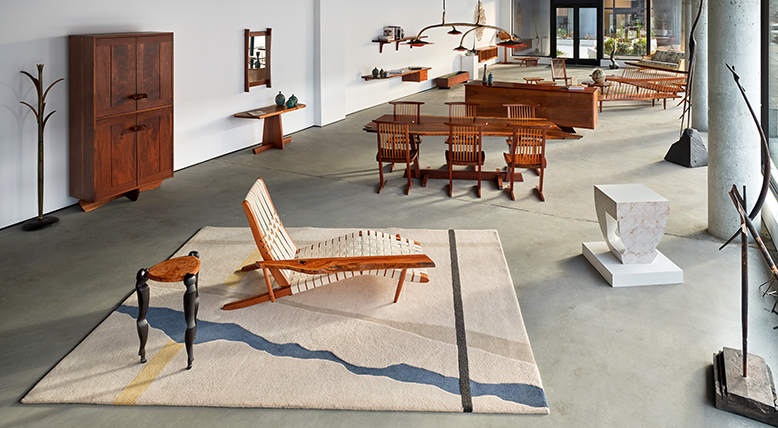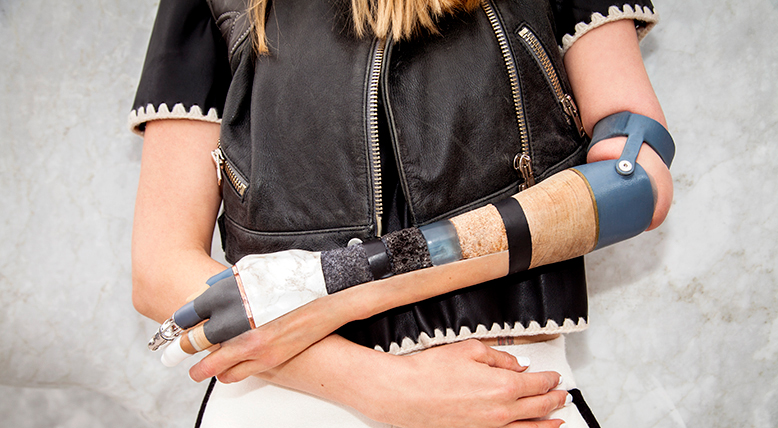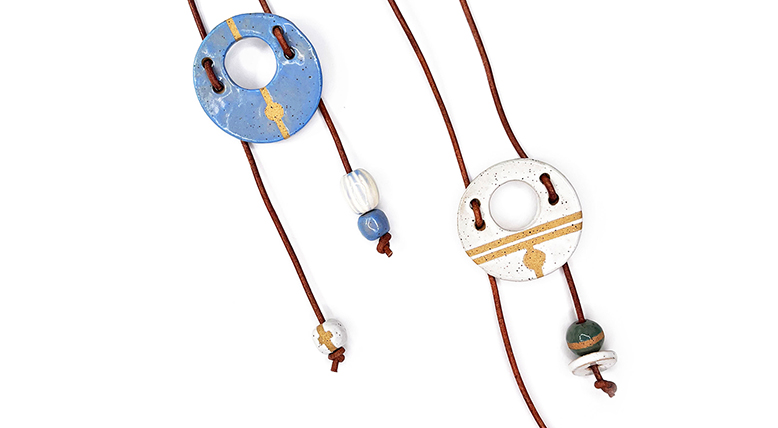On my dining room table, lit by the early morning sun, sits a carefully curated selection of handmade objects, including terra-cotta candleholders with red tapers, a ceramic incense burner, and a set of Mexican folk art coasters sent to me by my mother as a housewarming gift. The arrangement’s anchoring object is a small Oaxacan floral candle—its color somewhere between sage green and pale kelly—with a skirt of trumpet-shaped flowers around its base, leaves shaped from wax extending up toward the wick.
For years, I’ve admired the work of makers in Oaxaca, such as those in the three-generation family workshop Casa Viviana (led by matriarch Doña Viviana), who employ traditional techniques in processing, dyeing, and shaping elaborately decorated candles, originally called velas de concha. The tapers, laden with wax flowers colored with cochineal and other natural materials, sometimes stand as high as their creators, the floral shapes overlapping in concentric layers.
In my own practice as a tattoo artist, I often work with clients for a number of sessions over months to complete a large piece. After finishing one such back piece, my friend and client gifted me this candle, saying he had found it in a local shop. Thrilled to get a Oaxacan candle for myself, I have carefully preserved it through moves to and from multiple apartments and studios. The object offers a small connection to a craft whose process I hope to see in person one day. And while it’s too precious to me to burn, each morning I light incense in the ceramic dish next to it, drink my coffee, and think about how to bring the shape and spirit of such ritual objects into my studio practice.
Tamara Santibañez is an interdisciplinary artist living and working in Brooklyn. Their practice spans writing, ceramics, tattooing, oral history, and leatherworking, and other disciplines.

Santibañez contemplates this Oaxacan candle, and other ritual objects, while sipping coffee and burning incense each morning.








